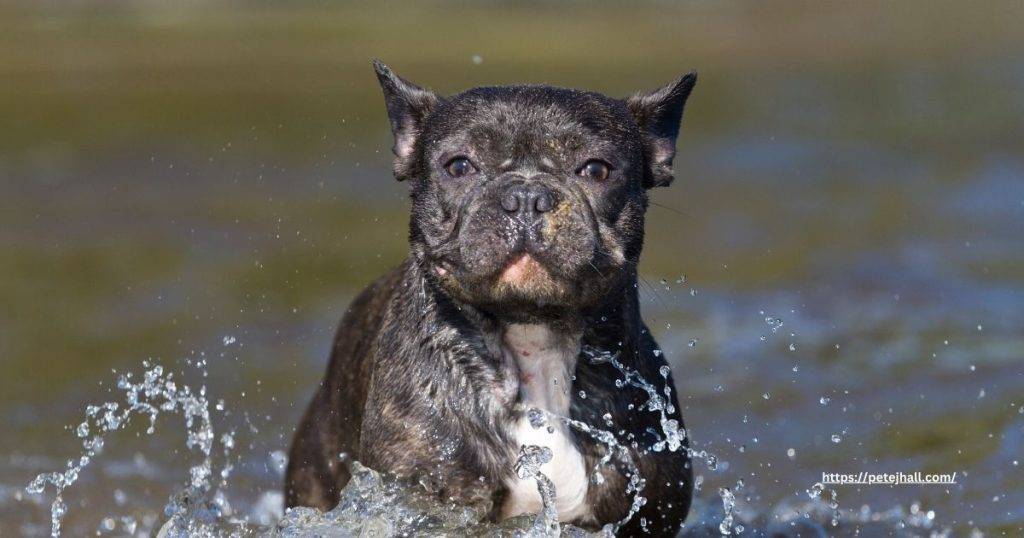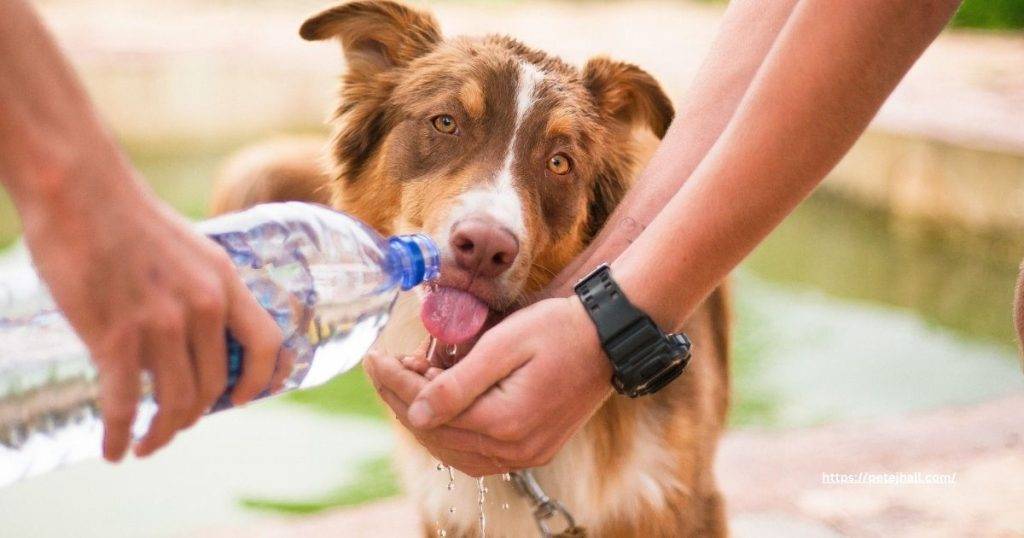As a responsible pet owner, making certain your pooch remains hydrated plays an essential part in keeping them healthy and happy. Humans need a steady supply of water to survive, and dogs are no different. Can we truly think that a dog can How Long Can a Dog Go Without Water? In this article, we will talk about all the benefits of hydration for dogs as well as what influences their water needs and how to prevent dehydration in your pet!
Why Is Hydration Important in Dogs?
There are various reasons why water is so important to a dog’s health, including:
- Temperature Regulation: Panting is how dogs regulate their body temperature. It helps them to cool down more efficiently, particularly in warm weather.
- AN OVERALL HEALTH: Water helps with digestion and nutrient absorption, as well as supporting every single function in your body.
- Water helps to keep the joints in sync, playfully disrupts free movement, and reduces the chances of arthritis.
- Nutrient Transport: It helps move nutrients and oxygen to cells, acting as fuel for your dog’s body.
- If you have been suffering from kidney disease, maintaining adequate hydration is essential in the clearance of waste products.
How Long Can Dogs a Live Without Water?

The average dog can live for approximately 3 to five days without water, depending on other factors. However, depending on the perspective, these timelines can vary significantly.
- Puppies and geriatric dogs are at a higher risk for dehydration. Young puppies require additional water for their growth, while senior dogs may become prone to dehydration control.
- Here are six tips to increase your water intake throughout the day: Size & Breed: Generally speaking, larger breeds will require a higher intake of food compared to smaller ones. Certain breeds naturally heat up easier than others, so monitoring these dogs for excessive sweating is more important.
- Consider your activity level: Due to their elevated metabolism and increased panting, dogs who are active lose even more water, increasing their need for hydration.
- Environmental conditions: Hot and humid weather will increase a dog’s water requirement, while cold weather may decrease it.
- For example, dogs with diabetes and kidney disease may require more frequent monitoring or have different hydration needs.
Signs of dehydration in dogs
Dehydration is a sensitive health issue that requires immediate identification. Examples of Indicators
- Lethargy: A dog that is dehydrated may also feel tired and less interested in play or activity.
- What this means is that a dog will have slightly slick gums and a brisk nose, as opposed to dry out or possibly scorching. Parched or adhesive gums are indicators of dehydration.
- Sunken Eyes: A clear sign of dehydration, formed when fluids evaporate.
- Too Much Panting: If your Husky is extremely worn out, they will start to pant, and if you just keep them thirsty, then it can be an indication of overheating or dehydration.
- PEOPLE’S PRESSES: Does your dog bounce back when you gently tent loose skin on its neck? If your dog doesn’t immediately spring back, it’s likely dehydrated.
- Less Frequent Urination: Another sign of dehydration is to pee less often or have very dark, concentrated urine.

Effects of Dehydration
Dogs suffering from dehydration can face life-threatening health issues such as:
- Kidney Damage: Long-term dehydration can put stress on the kidneys and eventually cause kidney failure.
- Heatstroke: Not getting enough water can affect how well dogs are able to control their temperature, leading to heatstroke.
- Splenic rupture: Severe vomiting associated with GDV can lead to splenic rupture, which can cause life-threatening internal believer dehydration increases the likelihood of shock, which is considered a medical emergency.
- Dehydration can lead to an electrolyte imbalance, which is important for controlling muscle spasms and other health problems.
How to Keep Your Dog Hydrated
Keeping your dog hydrated is also important for their overall health. Here are some tips to help:

- Provide Fresh Water: Your dog should have access to clean, fresh water at all times. Make sure to change the water once (or twice per day) and clean out your bowl as well.
- Observe Drinking Water: Watch how much water your dog drinks. Some bottles may drink less, and vice versa. But if you see a decrease, speak to your vet.
- Recommend Drinking Water: If your dog is not drinking, consider offering some chicken broth (low sodium).
- Depending on your pet, some dogs prefer running water, so that is where the DIY Pet Water Fountains come in.
- Drink water. Always pack water for walks, but play too (especially during warmer weather).
- Give Ice Cubes to Chew On: A lot of dogs like chomping on ice cubes, and the water helps keep them hydrated.
- Use Wet Food: Add a small amount of moist or wet dog food to ensure your pet is adequately nourished. The increased moisture content aids in maintaining their hydration levels.
When to Seek Veterinary Help
If you suspect dehydration or severe symptoms even after trying to hydrate your dog, consult a veterinarian immediately. The intervention is essential here to prevent more serious health issues.
Conclusion
It is important for any dog owner to know how long a dog can go without water. While most dogs can survive for a day or two without water, maintaining regular hydration is crucial for their health. Pay close attention to the amount of water your dog consumes, particularly in warmer weather or after an activity that causes him to lose extra fluids, to prevent dehydration. Prioritizing your dog’s hydration will go a long way to keeping them healthy and happy.
In conclusion, proper hydration is one of the essential keys to supporting your pet’s overall health. Water should always be available, and you need to monitor their behavior and identify the symptoms of dehydration. If you take proper care of your dog, you should be able to enjoy their company for many years in good health.
FAQ
How Long Can A Dog Go Without Water?
Dogs may go without water for up to 3-5 days, depending on their physical size, age, overall health, and the weather conditions.
Signs of dehydration in dogs
Usual symptoms are depression, dry- mouth (gums & nose), the face looks like a spoon under the cheeks of the eyes with excessive pants or little panting at all, loss in skin turgor, and decreased urine production.
How can I determine if my dog needs more water?
Never Allow your dog to become dehydrated, and if you notice any symptoms, immediately give him as much water as possible. Additionally, pay more attention to the dog’s health. If any of the symptoms persist or become noticeable, it’s safe for you to consult your veterinarian.
Can a dog drink saltwater?
False—dogs should not drink saltwater. This can result in extreme hypernatremia and acute salt poisoning, either of which could prove to be fatal.
How Much Water is Your Dog Drinking?
On average, dogs should drink 1 ounce of water per pound of body weight every day. But that could shift based on their level of activity and environmental factors.

